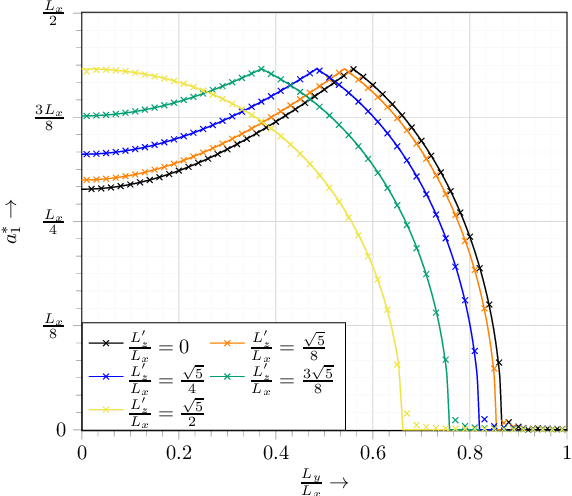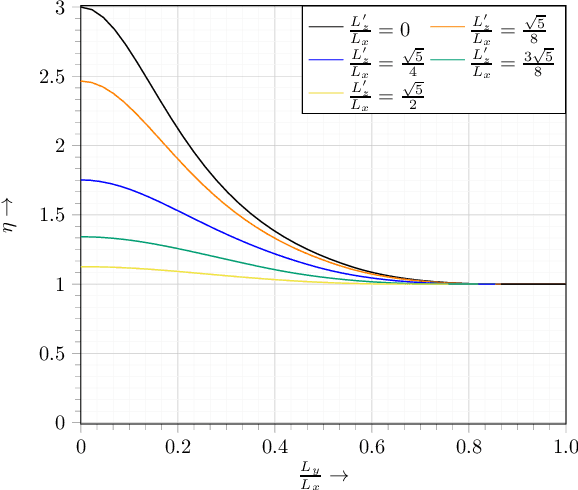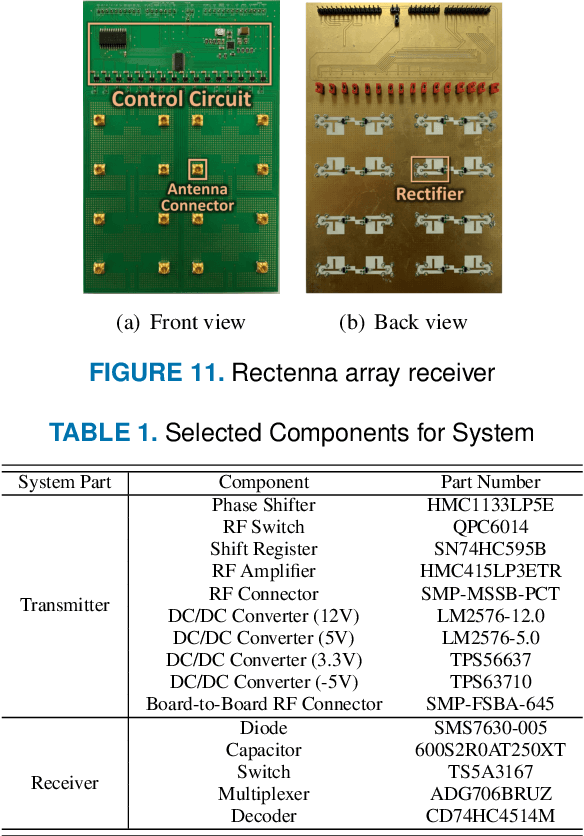Kae Won Choi
Wireless Information and Energy Transfer in the Era of 6G Communications
Apr 29, 2024



Abstract:Wireless information and energy transfer (WIET) represents an emerging paradigm which employs controllable transmission of radio-frequency signals for the dual purpose of data communication and wireless charging. As such, WIET is widely regarded as an enabler of envisioned 6G use cases that rely on energy-sustainable Internet-of-Things (IoT) networks, such as smart cities and smart grids. Meeting the quality-of-service demands of WIET, in terms of both data transfer and power delivery, requires effective co-design of the information and energy signals. In this article, we present the main principles and design aspects of WIET, focusing on its integration in 6G networks. First, we discuss how conventional communication notions such as resource allocation and waveform design need to be revisited in the context of WIET. Next, we consider various candidate 6G technologies that can boost WIET efficiency, namely, holographic multiple-input multiple-output, near-field beamforming, terahertz communication, intelligent reflecting surfaces (IRSs), and reconfigurable (fluid) antenna arrays. We introduce respective WIET design methods, analyze the promising performance gains of these WIET systems, and discuss challenges, open issues, and future research directions. Finally, a near-field energy beamforming scheme and a power-based IRS beamforming algorithm are experimentally validated using a wireless energy transfer testbed. The vision of WIET in communication systems has been gaining momentum in recent years, with constant progress with respect to theoretical but also practical aspects. The comprehensive overview of the state of the art of WIET presented in this paper highlights the potentials of WIET systems as well as their overall benefits in 6G networks.
Foundations of Wireless Information and Power Transfer: Theory, Prototypes, and Experiments
Sep 08, 2022



Abstract:As wireless has disrupted communications, wireless will also disrupt the delivery of energy. Future wireless networks will be equipped with (radiative) wireless power transfer (WPT) capability and exploit radio waves to carry both energy and information through a unified wireless information and power transfer (WIPT). Such networks will make the best use of the RF spectrum and radiation as well as the network infrastructure for the dual purpose of communicating and energizing. Consequently those networks will enable trillions of future low-power devices to sense, compute, connect, and energize anywhere, anytime, and on the move. In this paper, we review the foundations of such future system. We first give an overview of the fundamental theoretical building blocks of WPT and WIPT. Then we discuss some state-of-the-art experimental setups and prototypes of both WPT and WIPT and contrast theoretical and experimental results. We draw a special attention to how the integration of RF, signal and system designs in WPT and WIPT leads to new theoretical and experimental design challenges for both microwave and communication engineers and highlight some promising solutions. Topics and experimental testbeds discussed include closed-loop WPT and WIPT architectures with beamforming, waveform, channel acquisition, and single/multi-antenna energy harvester, centralized and distributed WPT, reconfigurable metasurfaces and intelligent surfaces for WPT, transmitter and receiver architecture for WIPT, modulation, rate-energy trade-off. Moreover, we highlight important theoretical and experimental research directions to be addressed for WPT and WIPT to become a foundational technology of future wireless networks.
Design and Implementation of 5.8GHz RF Wireless PowerTransfer System
Oct 06, 2021



Abstract:In this paper, we present a 5.8 GHz radio-frequency (RF) wireless power transfer (WPT) system that consists of 64 transmit antennas and 16 receive antennas. Unlike the inductive or resonant coupling-based near-field WPT, RF WPT has a great advantage in powering low-power internet of things (IoT) devices with its capability of long-range wireless power transfer. We also propose a beam scanning algorithm that can effectively transfer the power no matter whether the receiver is located in the radiative near-field zone or far-field zone. The proposed beam scanning algorithm is verified with a real-life WPT testbed implemented by ourselves. By experiments, we confirm that the implemented 5.8 GHz RF WPT system is able to transfer 3.67 mW at a distance of 25 meters with the proposed beam scanning algorithm. Moreover, the results show that the proposed algorithm can effectively cover radiative near-field region differently from the conventional scanning schemes which are designed under the assumption of the far-field WPT.
Reconfigurable Intelligent Surface-Aided Wireless Power Transfer Systems: Analysis and Implementation
Jun 12, 2021



Abstract:Reconfigurable intelligent surface (RIS) is a promising technology for RF wireless power transfer (WPT) as it is capable of beamforming and beam focusing without using active and power-hungry components. In this paper, we propose a multi-tile RIS beam scanning (MTBS) algorithm for powering up internet-of-things (IoT) devices. Considering the hardware limitations of the IoT devices, the proposed algorithm requires only power information to enable the beam focusing capability of the RIS. Specifically, we first divide the RIS into smaller RIS tiles. Then, all RIS tiles and the phased array transmitter are iteratively scanned and optimized to maximize the receive power. We elaborately analyze the proposed algorithm and build a simulator to verify it. Furthermore, we have built a real-life testbed of RIS-aided WPT systems to validate the algorithm. The experimental results show that the proposed MTBS algorithm can properly control the transmission phase of the transmitter and the reflection phase of the RIS to focus the power at the receiver. Consequently, after executing the algorithm, about 20 dB improvement of the receive power is achieved compared to the case that all unit cells of the RIS are in OFF state. By experiments, we confirm that the RIS with the MTBS algorithm can greatly enhance the power transfer efficiency.
 Add to Chrome
Add to Chrome Add to Firefox
Add to Firefox Add to Edge
Add to Edge